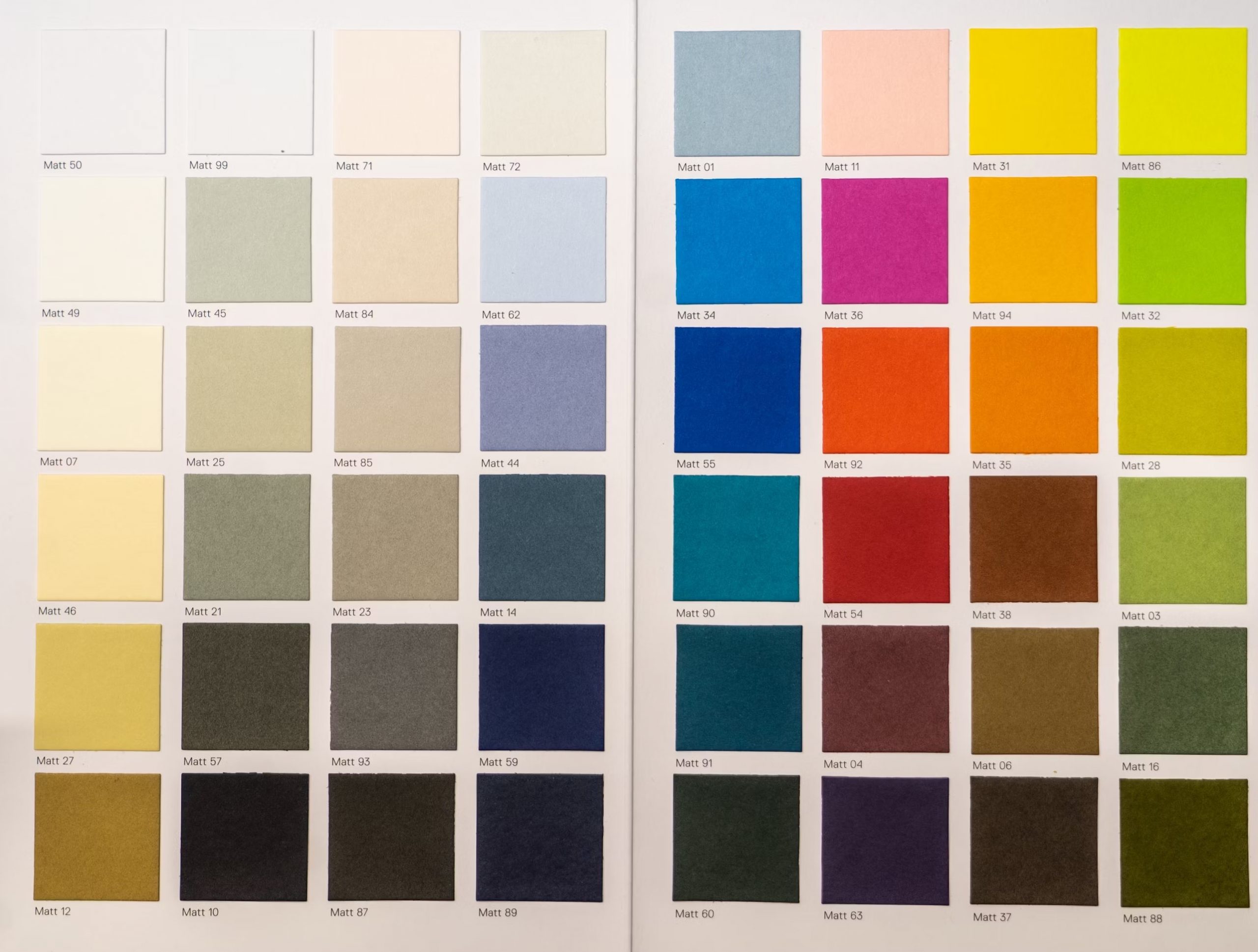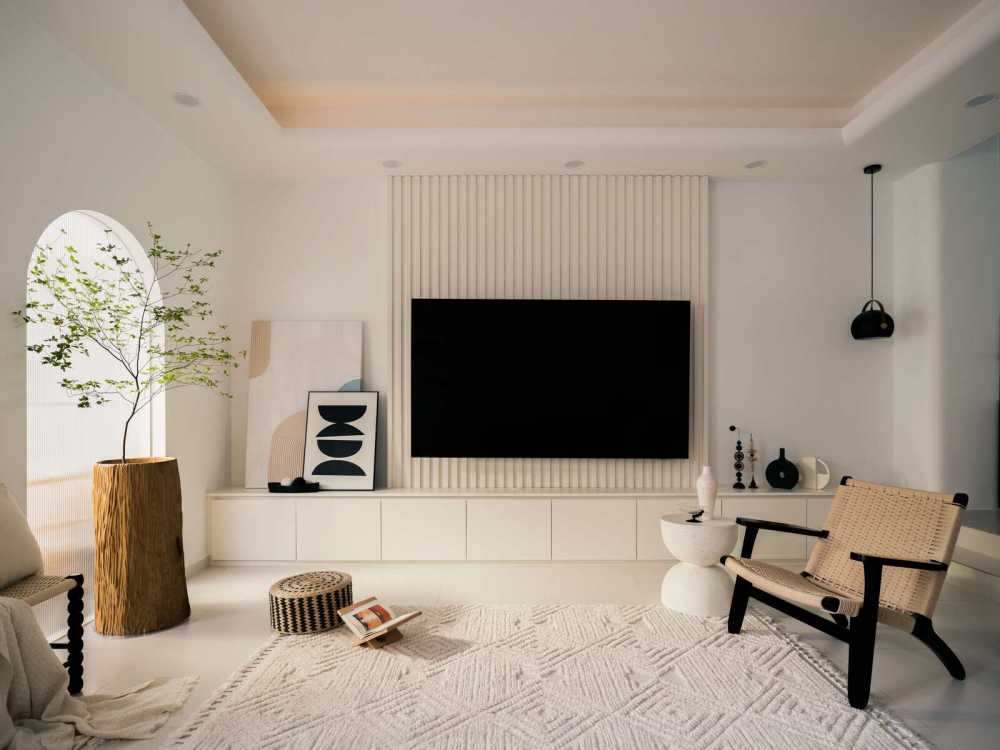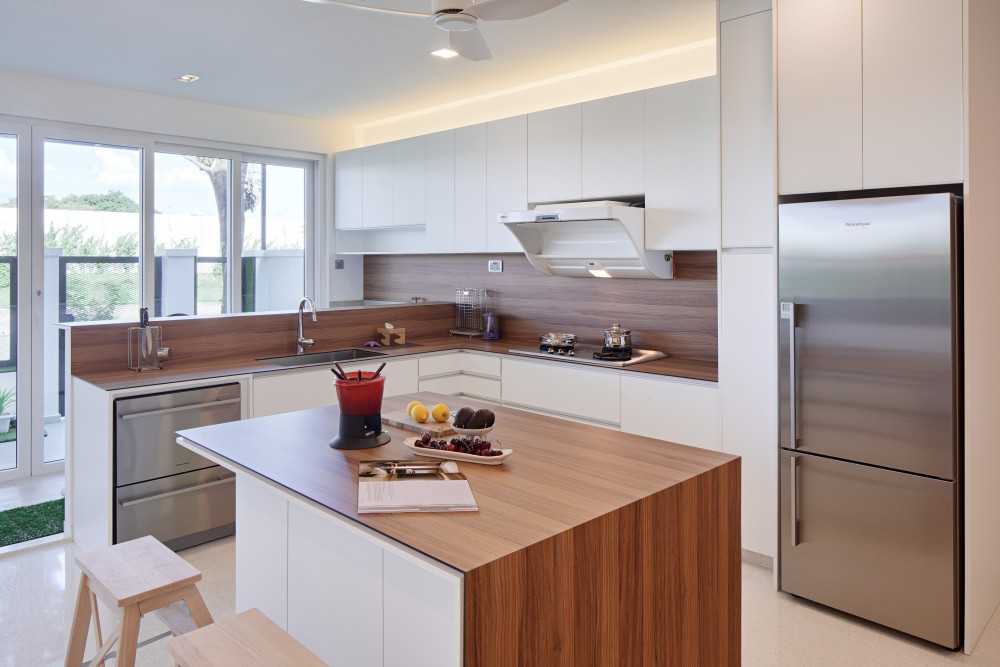Renovation Etiquette: How Interior Designers Can Navigate Client-Designer Relationships With Grace
In the world of interior design, it’s not just about having an eye for aesthetics or a knack for turning spaces into works of art.
While these skills are undoubtedly crucial, there’s another aspect that often goes overlooked but is equally, if not more, important – soft skills.
Here’s the thing – interior designers need to recognise that they’re not merely hired for their design and technical skills; they are also valued for their project management and communication skills.
Let’s delve into the art of renovation etiquette, where IDs can gracefully navigate client-designer relationships to make the home renovation journey a pleasant and smooth sailing one for their clients.
The Power Of Soft Skills
Interior designers are more than, well, designers.
Instead of pigeon-holing yourself to a singular role, you’ll want to flex your problem solving and collaborative skills, and any other soft skills that you may have.
Here are three soft skills that every ID should have:
-
Empathy and active listening
Empathy is the cornerstone of any successful client-designer relationship.
IDs need to put themselves in their clients’ shoes, understanding their desires, dreams, and constraints.
Active listening is key – it’s not just about hearing words but understanding the emotions and needs behind them.
-
Effective communication
This one’s pretty obvious – in the world of interior design, clear and regular communication is vital.
As an ID, you need to keep your clients in the loop about project progress, challenges, and timelines.
Remember: good communication builds trust, and ensures everyone is on the same page.
-
Conflict resolution
In the course of a renovation project, disagreements can arise.
IDs must navigate these with finesse, respecting differing opinions and finding compromises that satisfy both parties.
-
Time management and organization
Interior designers wear multiple hats throughout a project’s lifecycle.
They are not only responsible for creating stunning designs, but also for orchestrating the entire renovation process.
Here are some key considerations that IDs need to take care of. Note that good time management and organization is crucial in each of these areas:


Project coordination: Interior designers must work closely with various personnel, including contractors, suppliers, and craftsmen. Coordinating these diverse groups requires exceptional project management skills. IDs act as the nexus, ensuring that everyone is aligned with the project’s objectives.
Resource management: Efficient allocation of resources, such as materials and labour, is essential to prevent wastage and keep costs within budget. IDs must balance the creative aspects of design with practical considerations to optimize resource usage.
Quality assurance: Maintaining the quality of work is non-negotiable. IDs must inspect and oversee every aspect of the project to ensure that it aligns with the design vision and meets industry standards. This includes identifying and rectifying any deviations promptly.


Risk mitigation: Unforeseen challenges can crop up during a renovation. Interior designers must be prepared to navigate these hurdles, finding creative solutions that keep the project on course.
Building Strong Client-Designer Relationships
As an ID, how do you establish a good working relationship with your client, and ensure their satisfaction?
Here are a few ways.
-
Establish trust from the outset
Transparency serves as the cornerstone of a successful client-designer relationship.
As an ID, your job is to provide transparency by giving clients a clear and unambiguous overview of what to expect throughout the project.
This includes your project scope, cost estimates, and potential challenges.
Firstly, clearly define the scope of work, outlining what will and won’t be included in the design project.
This prevents any later confusion about the extent of the work to be undertaken.
Next, be forthright about the expected costs. This includes not only the designer’s fees but also estimated expenses for materials, labor, and any additional services.
Detailed cost breakdowns help clients understand where their money is going.
Finally, understand that every renovation project, no matter how well-planned, can encounter unforeseen challenges.
As such, it’s important to communicate this possibility to clients and discuss how such challenges will be addressed when they arise.
Transparency aside, setting realistic expectations is also crucial to building a good working relationship with your client.
In this area, IDs should engage in candid discussions with their clients about what can and cannot be achieved within the constraints of the project.
Some things to discuss here include timelines, design vision, and budget.
First, explain the expected timeline for the project, taking into account any potential delays that might arise.
Your clients might try to ask you if you can get it done within a shorter period of time – that’s perfectly normal.
As much as you want to make your clients happy, don’t overpromise if you can’t deliver.
Keep in mind that Singapore has strict rules about when construction can take place.
According to the MND, no renovations are allowed on Sundays and Public Holidays due to noise regulations and guidelines.
Additionally, noisy renovations within the flat such as demolishing of walls, removing wall/ floor finishes, cutting of tiles and heavy and excessive drilling works, etc. can only be carried out between 9:00am and 5:00pm on weekdays.
Ultimately, you don’t want to stretch yourself too thin, and end up not being able to meet your deadlines!
-
Ensure that your design vision aligns with your client’s preferences.
Next, make sure that your design vision aligns with what your client wants.
This is another crucial step that will help you lay the foundation for a good working relationship.
Before even getting into the actual designing, IDs should initiate a thorough discussion with the client to understand their preferences, tastes, and style. This includes exploring color palettes, furniture choices, textures, and overall aesthetics.


Ultimately, the objective is to craft a design that deeply resonates with the client on a personal level. This goes beyond the surface aesthetics; it’s about creating an environment that feels uniquely theirs.
Where does the ID’s signature style come into place in all of this?
While interior designers often cultivate their distinct signature styles and design aesthetics over time, there remains ample room for creative expression. Where it’s appropriate, designers may choose to incorporate elements from their signature style.
However, it’s pivotal to strike a harmonious balance between this artistic expression and the client’s vision.
During discussions about the design vision, designers must remain open and receptive to the client’s tastes and style preferences. Even if an interior designer has a signature style, it should never be imposed on the client.
Instead, the goal is to seamlessly merge the designer’s expertise with the client’s aspirations, resulting in a harmonious and personalized space.
This collaborative and balanced approach ensures that the final design reflects both the designer’s skill and the client’s individuality. This ultimately leads to a satisfying and successful interior design project.
-
Taking care of budgetary concerns
When it comes to budget management in interior design, IDs should begin by discussing the client’s overarching goals for the project.
What are their primary objectives and priorities? Are they looking for a complete renovation, a specific room makeover, or something in between? Understanding their goals helps set the stage for budget discussions.
From there, IDs should collaborate with clients to establish a realistic budget based on their financial capabilities and comfort levels.
This includes discussing the maximum amount they are willing to invest in the project.
Once this has been established, the next step is to get your client to put together a wishlist that includes both essential needs and desirable wants.
With this wishlist, you can help your client prioritize these elements within the budget framework.
You may not be able to give your client everything on their wishlist, but the key here is to highlight the importance of allocating budget resources to meet the core project objectives while considering optional enhancements.
After looking at the wishlist, it’s time to get into the nitty-gritty and make certain design decisions.
Regardless of whether the client is choosing their wall tiles or their kitchen counter, price is likely to be a determining factor.
Here, it’s vital for interior designers to educate clients about the financial implications of different design choices. Explain that certain materials, finishes, and furnishings may come with higher price tags due to factors like rarity, quality, or brand.
Once the design decisions are more or less finalized, IDs should provide their clients with a detailed cost breakdown that includes estimates for various project components.
This provides the client with insights on how the allocated funds are being utilized, and builds trust.
What Do You Do If Your Client Keeps Changing Your Mind?
Handling a finicky client who frequently changes their mind can be challenging, but it’s a common situation in the world of interior design. Here are some strategies to manage this effectively:
-
Communicate openly
Initiate a candid conversation with the client about their changing preferences. Express your willingness to adapt to their evolving tastes while also highlighting the importance of maintaining a coherent design plan.
-
Set clear boundaries
Establish boundaries for the number of design revisions or changes allowed within the project scope. Clearly define the consequences, such as additional costs or extended timelines, if changes exceed the agreed-upon limit. This encourages the client to be more mindful of their decisions.
-
Document all change requests
Maintain detailed records of all client requests and changes, including dates and descriptions. Having a documented trail helps manage expectations and minimises disputes later.
-
Present options
When clients express uncertainty or frequent changes, present them with multiple design options or mood boards early in the project. This can help them visualize different directions, making it easier to finalise their choices.
-
Educate them
Explain to the client how frequent changes can affect the project’s timeline and budget. Emphasise the need for efficiency to prevent delays and additional costs.
-
Be patient and flexible
Understand that client preferences can evolve during a project, and some changes may be necessary to achieve their vision.
At the end of the day, your clients are investing tens of thousands of dollars into building their dream home.
It’s only natural that they want to refine and perfect every aspect of their project, which may lead to frequent changes in direction.
This is all the more the case for first-time homeowners, who are new to the renovation process and might not know what to expect.
It’s part of your role as their designer to guide them through these changes with patience and expertise, ensuring that their vision is realized while maintaining the project’s progress and integrity.
- Consider additional fees
In cases of excessive changes, consider charging additional fees for design revisions. This can deter frequent alterations and compensate for the extra time and effort required.
A Final Word On Working With Clients In The Interior Design Industry
In the world of interior design, success extends beyond crafting aesthetically pleasing spaces.
It hinges on the ability to nurture strong client-designer relationships grounded in trust and mutual respect.
By prioritising essential soft skills, establishing trust from the outset and making sure that your design vision aligns with that of your client’s, you can ensure a seamless and enjoyable renovation journey for their clients.
Remember: the focus isn’t solely on the designs themselves, but also on the impact it brings to your clients!
Want to check out the best interior designers in Singapore as rated by fellow homeowners across? Explore Hometrust today!
Renovating soon? Let Hometrust recommend the best interior designers.
If you are reading this, you are probably wondering how you can create your dream home.
Here’s the thing, everyone’s needs and requirements for their home renovation is different. A designer that may work for someone else, may not quite work for you.
At Hometrust, we’re here to help match top rated designers, recommended by past homeowners to you through our data-driven and matching algorithm.
Whether you are looking for partial renovation or a full fledge overhaul, we’ll be able to recommend you top designers to match your renovation requirements and lifestyle.
Recommendations and free and you can simply start by helping us understand your needs below!
Get RecommendationsRenovate safe!
The Hometrust Team




